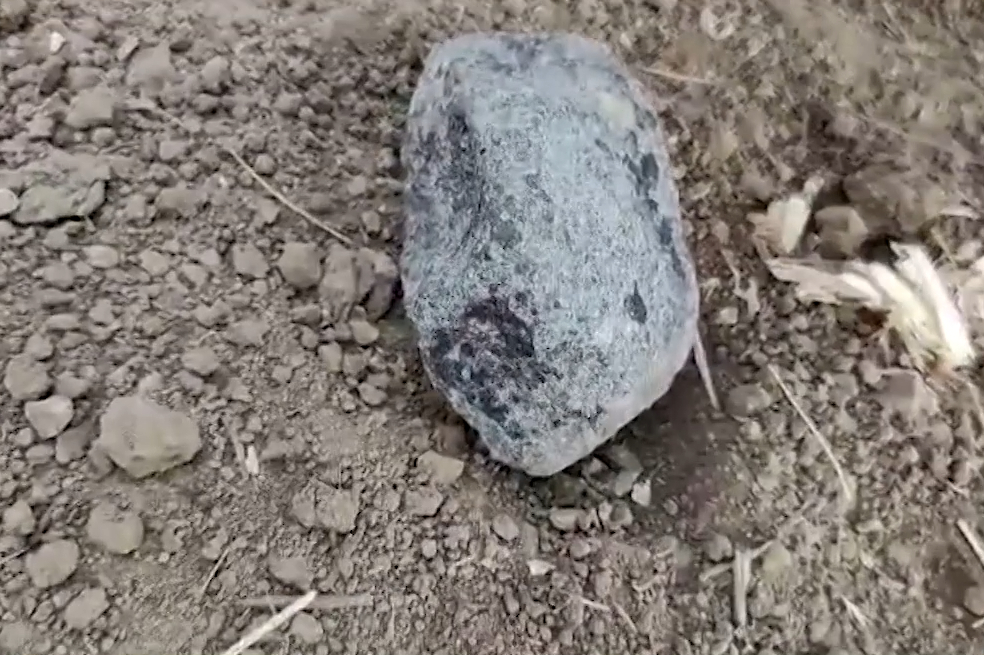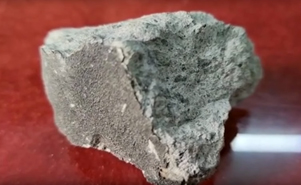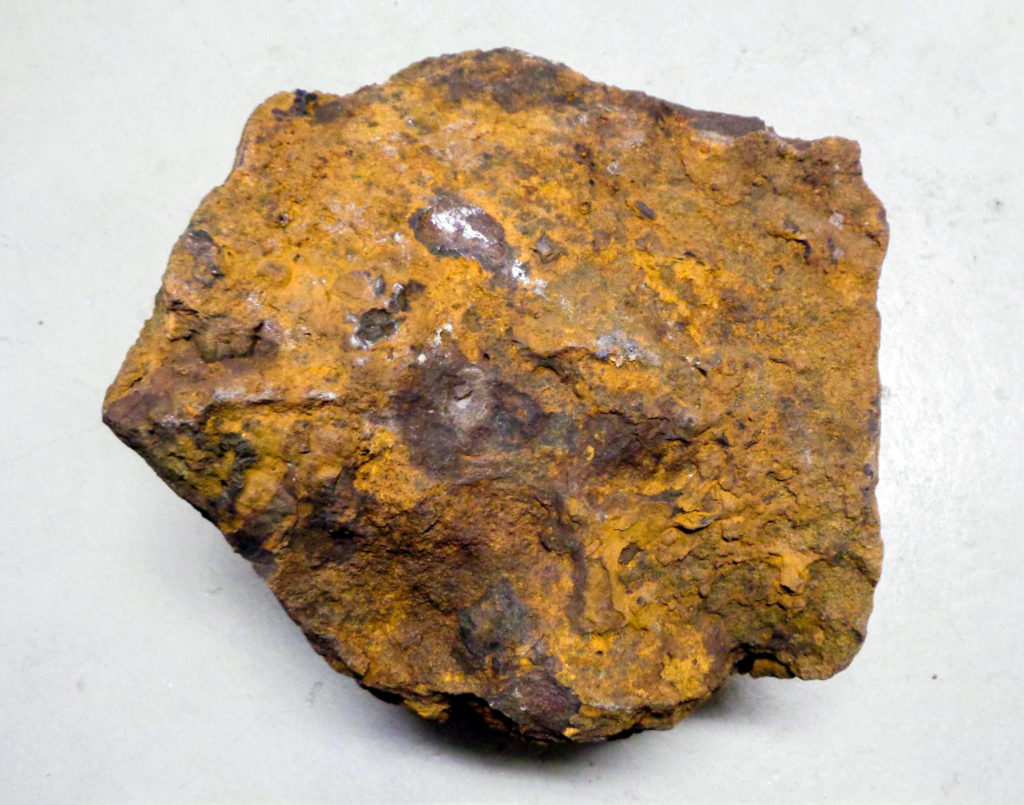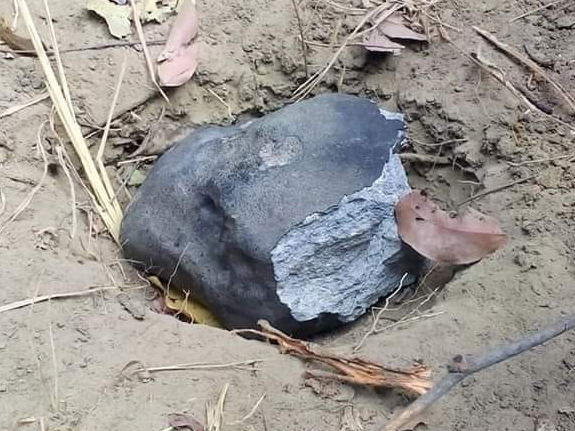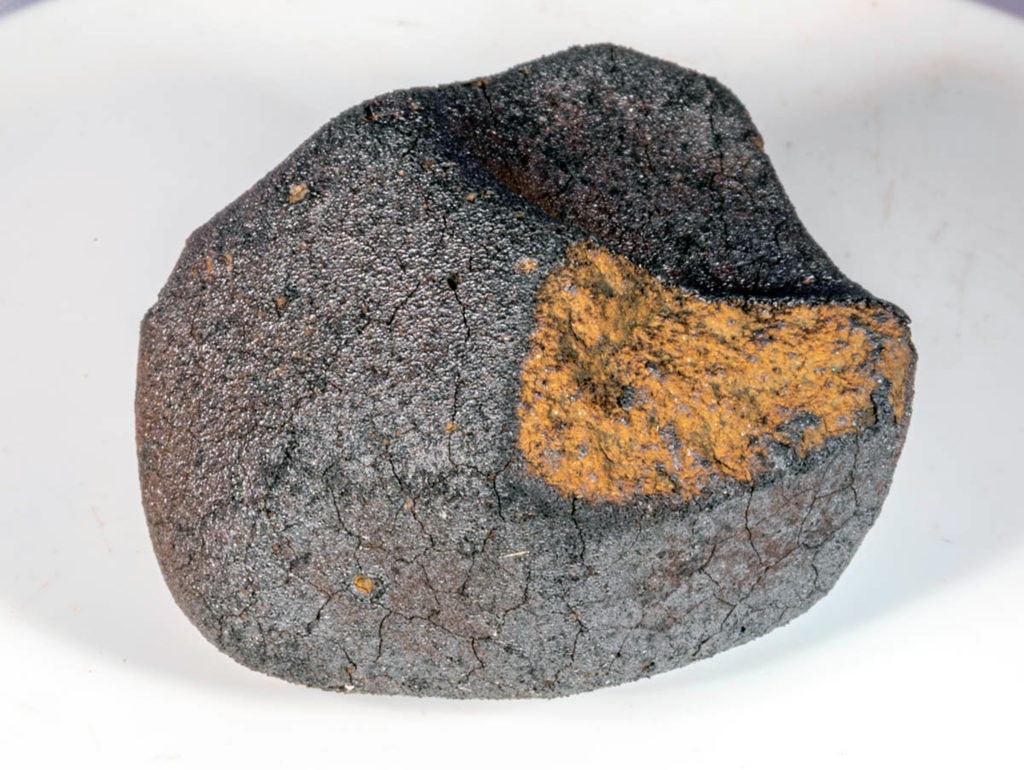Dynamical origin of Theia, the last giant impactor on EarthOPEN ACCESS
Duarte Branco, Sean N. Raymond, Pedro Machado
Preprint submitted to Elsevier, 2 July 2025
Update (11 July 2025): Icarus, available online 11 July 2025 LINK + PDF (OPEN ACCESS)
- We dynamically test the idea, derived from cosmochemical studies, that Theia may have been a carbonaceous (CC) object (Budde et al., 2019; Nimmo et al., 2024b)
- We ran N-body simulations of the late stages of terrestrial planet growth, including a tail of carbonaceous objects assumed to have been scattered inward during Jupiter and Saturn’s accretion.
- Our dynamical simulations show that this scenario is plausible, as in roughly 50% of viable systems, Earth’s last giant impactor is either a pure carbonaceous planetary embryo or a non-carbonaceous embryo that previously accreted carbonaceous material.
- We constrain the system parameters (CC mass and embryo:planetesimal mass ratio) for which a carbonaceous last giant impactor is viable
“Cosmochemical studies have proposed that Earth accreted roughly 5-10% of its mass from carbonaceous (CC) material, with a large fraction delivered late via its final impactor, Theia (the Moon-forming impactor). Here, we evaluate this idea using dynamical simulations of terrestrial planet formation, starting from a standard setup with a population of planetary embryos and planetesimals laid out in a ring centered between Venus and Earth’s orbits, and also including a population of CC planetesimals and planetary embryos scattered inward by Jupiter. We find that this scenario can match a large number of constraints, including i) the terrestrial planets’ masses and orbits; ii) the CC mass fraction of Earth; iii) the much lower CC mass fraction of Mars, as long as Mars only accreted CC planetesimals (but no CC embryos); iv) the timing of the last giant (Moon-forming) impact; and v) a late accretion phase dominated by non-carbonaceous (NC) bodies. For this scenario to work, the total mass in scattered CC objects must have been ~ 0.2 – 0.3 𝑀⊕ , with an embryo-to-planetesimal mass ratio of at least 8, and CC embryos in the ~ 0.01 – 0.05 𝑀⊕ mass range. In that case, our simulations show there are roughly 50-50 odds of Earth’s last giant impactor (Theia) having been a carbonaceous object – either a pure CC embryo or an NC embryo that previously accreted a CC embryo. Our simulations thus provide dynamical validation of cosmochemical studies.”


